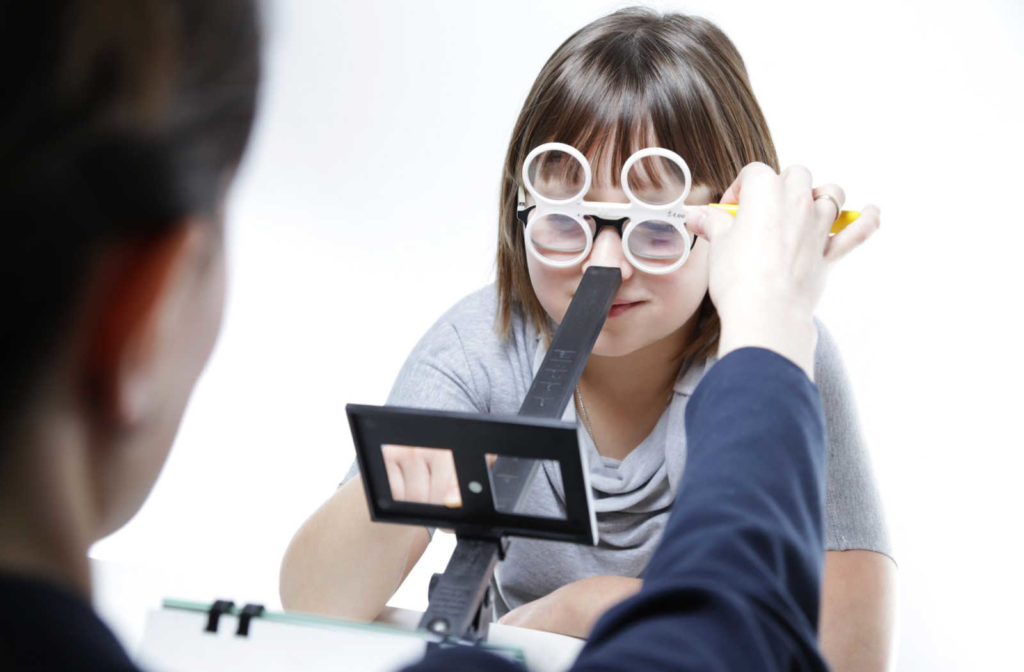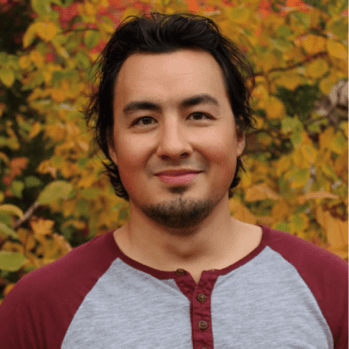Lazy eye, also known as amblyopia, can cause many challenges. The sooner it is diagnosed, the easier it can be to correct through vision therapy.
You may be wondering, when is it too late to treat lazy eye? When this condition is diagnosed in children, it can be easier to treat, but that doesn’t mean it can’t be corrected later in life.
Understanding lazy eye can help you detect the signs and symptoms and find a solution as soon as possible.
What Is Amblyopia (Lazy Eye)?
Amblyopia is a condition where one eye does not see as well as the other, even when wearing glasses. This usually occurs due to abnormal visual development during childhood. The brain will then favour the stronger eye, which can cause vision in the weaker eye to get worse.
Why Is Amblyopia Called Lazy Eye?
When vision in one eye is significantly worse than the other, the brain favours the stronger eye, leading to increasingly weak vision in the “lazy” eye.
The Signs of Amblyopia
Because the stronger eye often compensates for the weaker one, many children and adults can cope well with amblyopia, but it can impact their depth perception. Poor depth perception can impact your coordination, and you may feel cautious or hesitant to try physical activities, like catching or kicking a ball.
Children with amblyopia may cover or close one eye when trying to focus.
Can a Lazy Eye Be Corrected?
Fixing Lazy Eye in Children & Adults
Correcting lazy eye is possible for both children and adults. It starts with improving the function of the amblyopic “lazy” eye through vision therapy.
Because children’s eyes are still developing, vision therapy is generally more successful in children. However, many adults experience success with vision therapy because they tend to be motivated and committed to treatment.
What Is Vision Therapy?
Vision therapy programs are designed to train your brain and your eyes to work better together by strengthening the connection between them.
Vision therapy programs may use several tools to help you achieve your vision goals, including:
- Therapeutic lenses
- Prisms and filters
- Electronic targets
- Timing mechanisms
- Balance boards
Getting started with a vision therapy program begins with:
- A comprehensive eye exam
- A binocular vision assessment
- An acquired brain injury evaluation
- A visual perceptual evaluation
Your optometrist uses these assessments to determine what tools and approach to take to help you reach your vision goals.

How Do You Treat Lazy Eye?
Lazy eye got its name because it doesn’t see as well as its partner. Lazy eye treatment aims to improve vision in the weaker eye so it can see and work better together with the non-amblyopic eye and brain.
Research has shown that amblyopia is a disorder of the brain’s ability to use both eyes together as a team. Vision therapy programs are designed to strengthen that connection.
Achieving Your Vision Goals
Vision therapy requires commitment and determination to be successful. It’s essential for patients, young and old, to attend all their recommended therapy sessions and complete the homework they’re given.
No matter if you are a young child whose eyes are still developing or an older adult who has experienced lazy eye most of their life, you can benefit from a vision therapy program tailored to your needs.
Your progress depends on how closely you follow the program set out by your optometrist or vision therapist.
Get Started Correcting Lazy Eye
The vision therapists and optometrists at Beyond 20/20 Optometry want you to enjoy your vision to its fullest. Our vision therapy programs are personalized to help you see better for life.
If you’re an adult with a lazy eye, or your child is showing signs of lazy eye, book an appointment with our team. We’ll complete a thorough evaluation and get you started on vision therapy. It’s never too late to start improving your vision.




